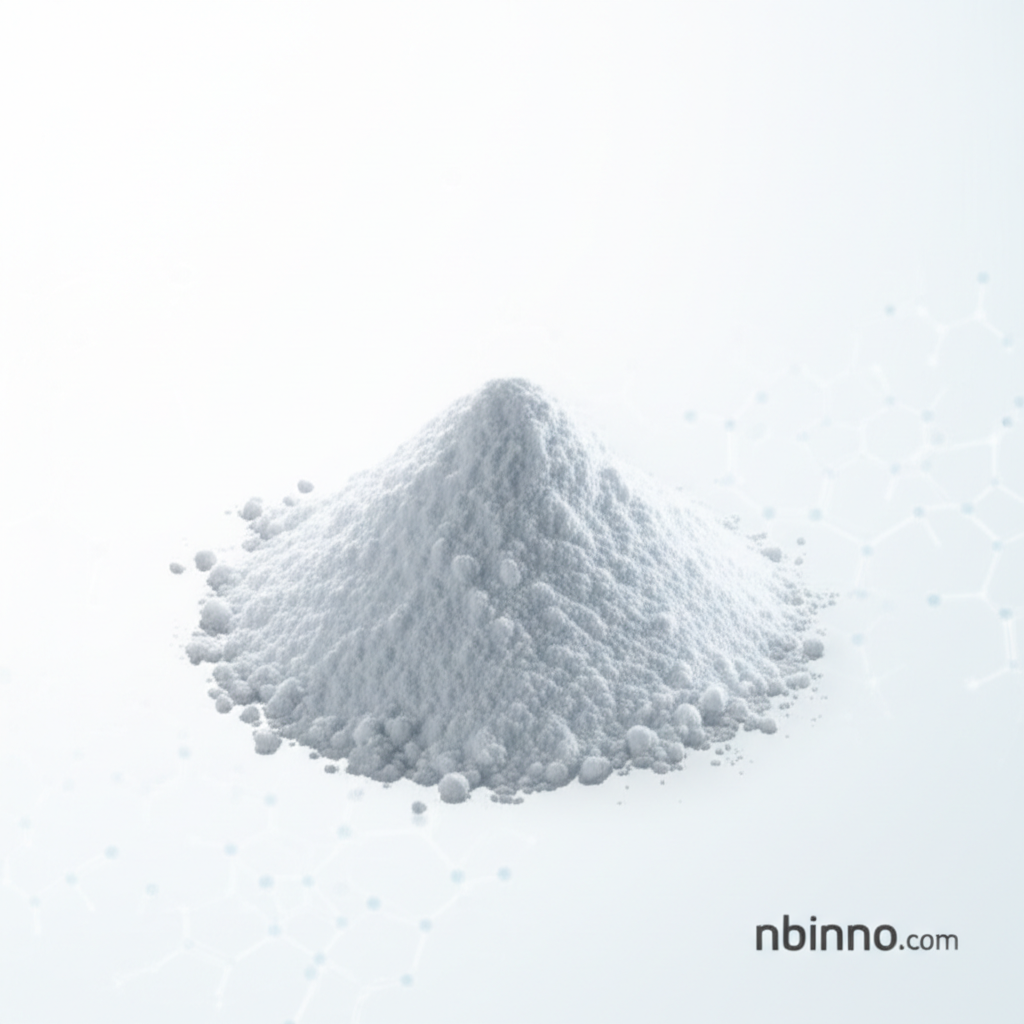Efficient Peptide Coupling Reagent: Understanding the Properties and Applications of Tetrafluoroborate
Discover the power of this essential chemical in advancing peptide synthesis and beyond.
Get a Quote & SampleProduct Core Value

2-(2-Pyridon-1-yl)-1,1,3,3-tetramethyluronium tetrafluoroborate
This compound is a highly effective coupling reagent, particularly valued in peptide synthesis for its ability to minimize racemization. Its utility extends to various applications, acting as a versatile tool in organic chemistry.
- Leverage efficient peptide synthesis without racemization with this advanced coupling reagent.
- Explore the uses of tetramethyluronium tetrafluoroborate in polymer chemistry for enhanced material development.
- Discover its role in bioconjugation techniques for precise molecular attachment in research.
- Understand its impact on electrochemistry applications, contributing to sensor and battery advancements.
Key Advantages Offered
Enhanced Synthesis Efficiency
This reagent facilitates efficient reactions, offering a streamlined approach to complex molecule synthesis, crucial for developing new pharmaceuticals.
Reduced Racemization in Peptides
Its specific formulation ensures minimal racemization during peptide coupling, a critical factor for maintaining the integrity of synthesized peptides.
Broad Chemical Reactivity
Beyond peptide synthesis, its applicability in polymer chemistry and material science showcases its broad chemical reactivity and utility.
Key Applications
Organic Synthesis
A cornerstone for chemists involved in creating complex organic molecules and advancing medicinal chemistry research.
Peptide Synthesis
Essential for researchers aiming for high-yield, low-racemization peptide bond formation, vital in drug development.
Polymer Chemistry
Used as a catalyst in polymerization, improving the speed and efficiency of producing advanced polymers.
Material Science
Contributes to the creation of advanced materials with tailored properties like improved thermal stability.
